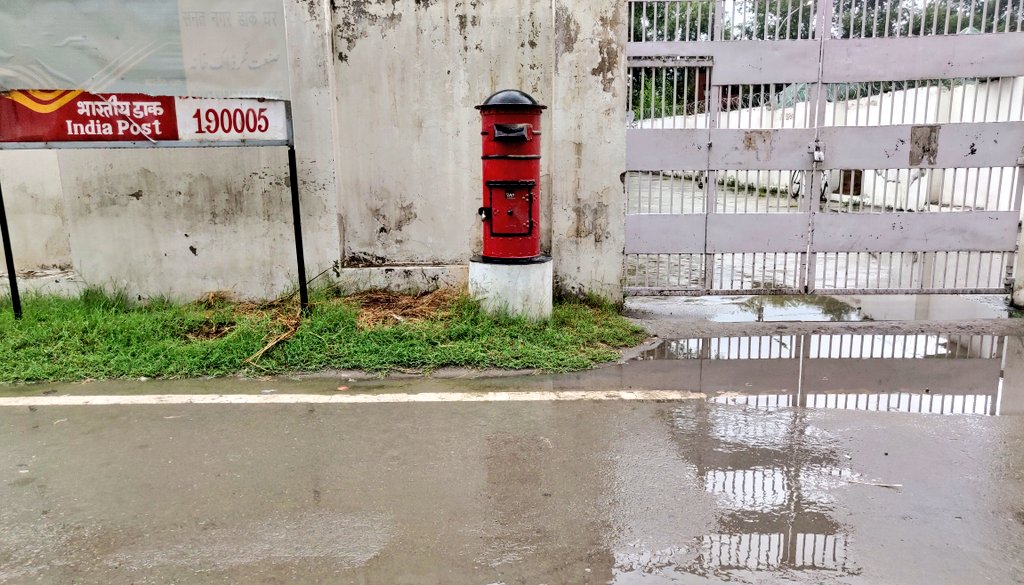@scruff888 @DrMikeAziz @MPOGASPIRE @APSForg @woundheal #infectionprevention 1/15
*The evidence that it is NOT harmful is overwhelming.

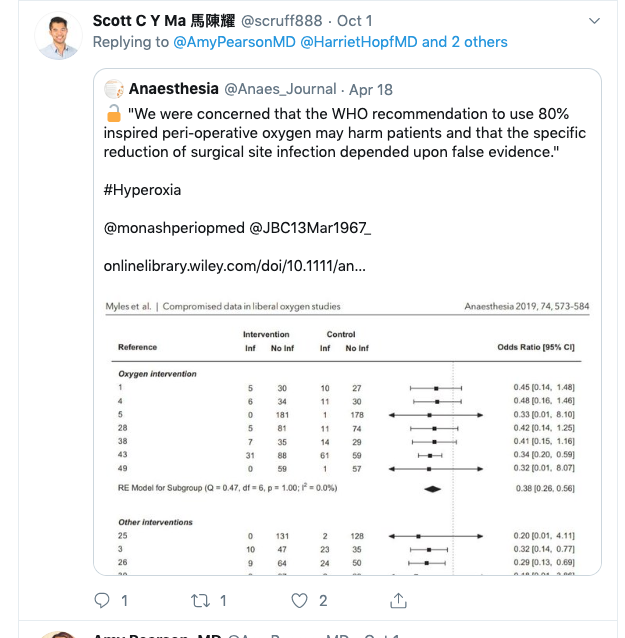
2/15
3/15
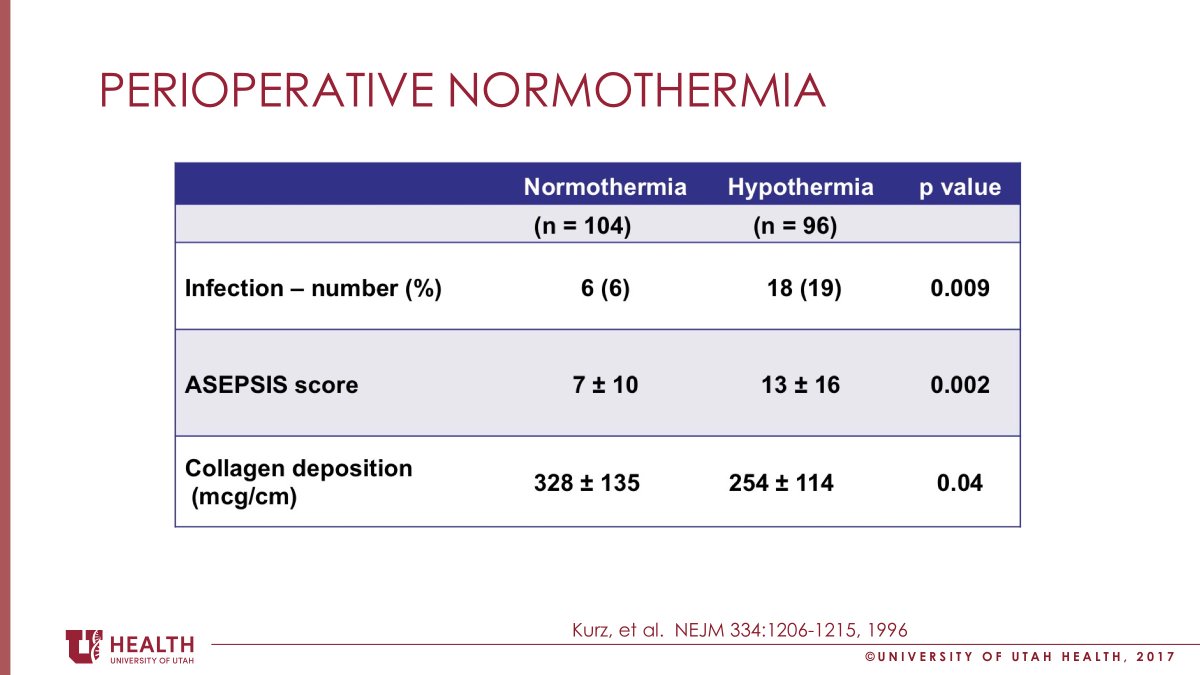
Here’s where it gets complicated. In animal studies, increasing FiO2 increases wound oxygen ONLY when perfusion is adequate ncbi.nlm.nih.gov/pubmed/3677745
4/15
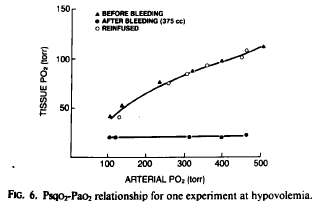
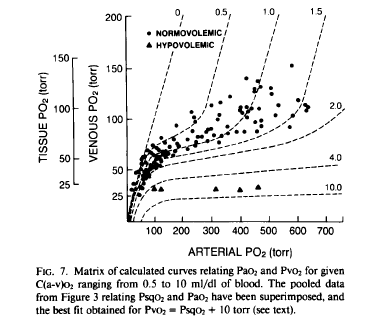
*side note: publishing in JTB = pinnacle of my career
5/15
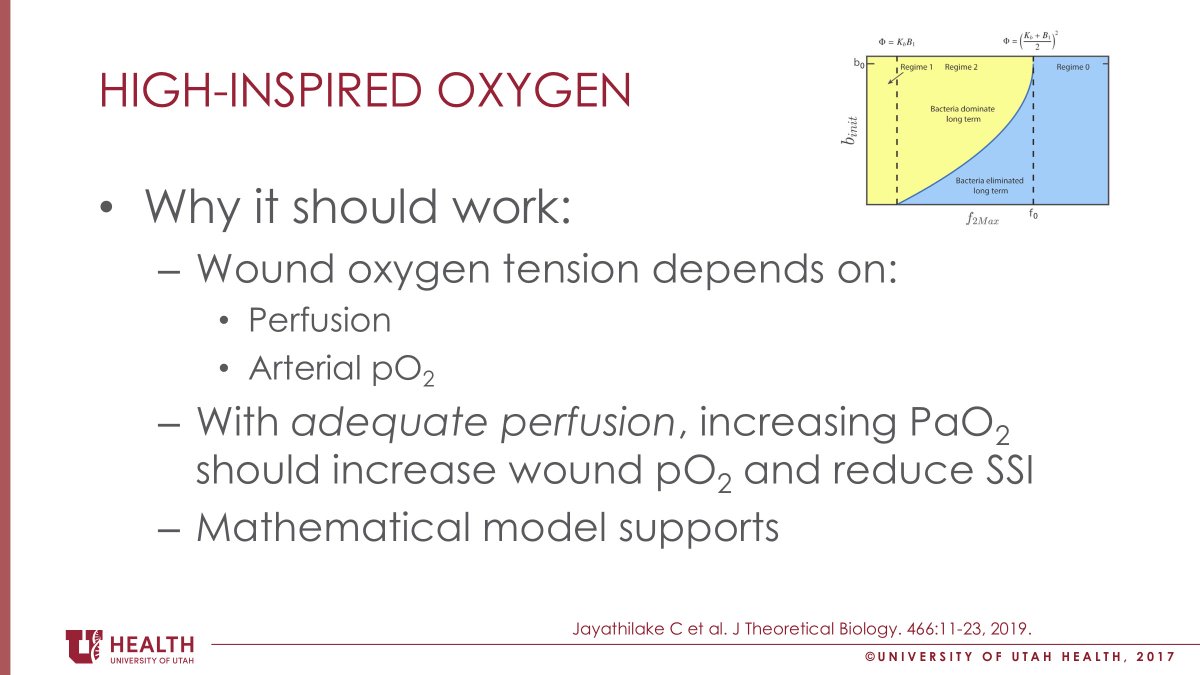
Anesthetic management designed to maintain wound perfusion (normothermia, 15-20 mg/kg/h crystalloid)
Outcome: SSI⬇️~50% (11% to 5%)
6/15
They measured whether the oxygen got to its target (the wound).
⬆️oxygen➡️⬆️wound O2: ~85% intraop & 35% in PACU in 0.8 group. bit.ly/31UBo0x
No study since has measured wound oxygen, although most demonstrated⬇️SSI.
7/15

*abdominal surgery (mixed risk)
*anesthetic management not standardized
*very restricted fluid (~1100 mL cryt + ~500 ml colloid, no weight gain)
Outcome: no difference (20 vs. 19%)
8/15
*Wound oxygen measurements would have been useful in PROXI.
*The result is the *expected* result if⬆️inspired oxygen didn’t get to the wound.
*There is no way to know if that explains the result—or if the results “disprove” the value of increased oxygen.
9/15
bit.ly/2VlbOiJ
•No evidence harm:
Not associated w all-cause mortality, resp insufficiency, serious adverse events, or LOS
•Some benefit:
In patients w preop abx*
In colorectal surgery patients
*most abx are oxygen-dependent for effect
10/15
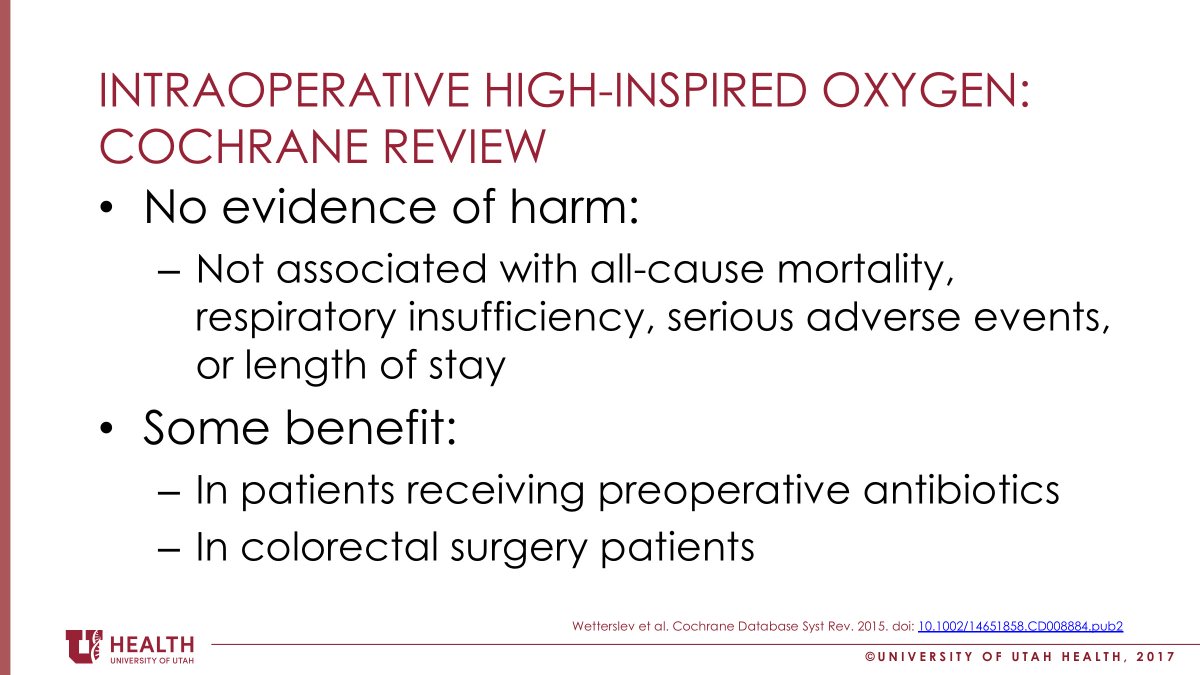
The most important thing for wound oxygen is to minimize sympathetic nervous system activation. Once you have done that, additional oxygen likely beneficial in surgeries w high SSI risk.
11/15
Preop and intraop active warming (bit.ly/2ILc7hR)
12/15
"Adequate" or "appropriate" fluid management (bit.ly/2IwJHrt )
Yeah, I don’t know the correct answer either, but⬆️evidence severe fluid restriction is problematic.
13/15
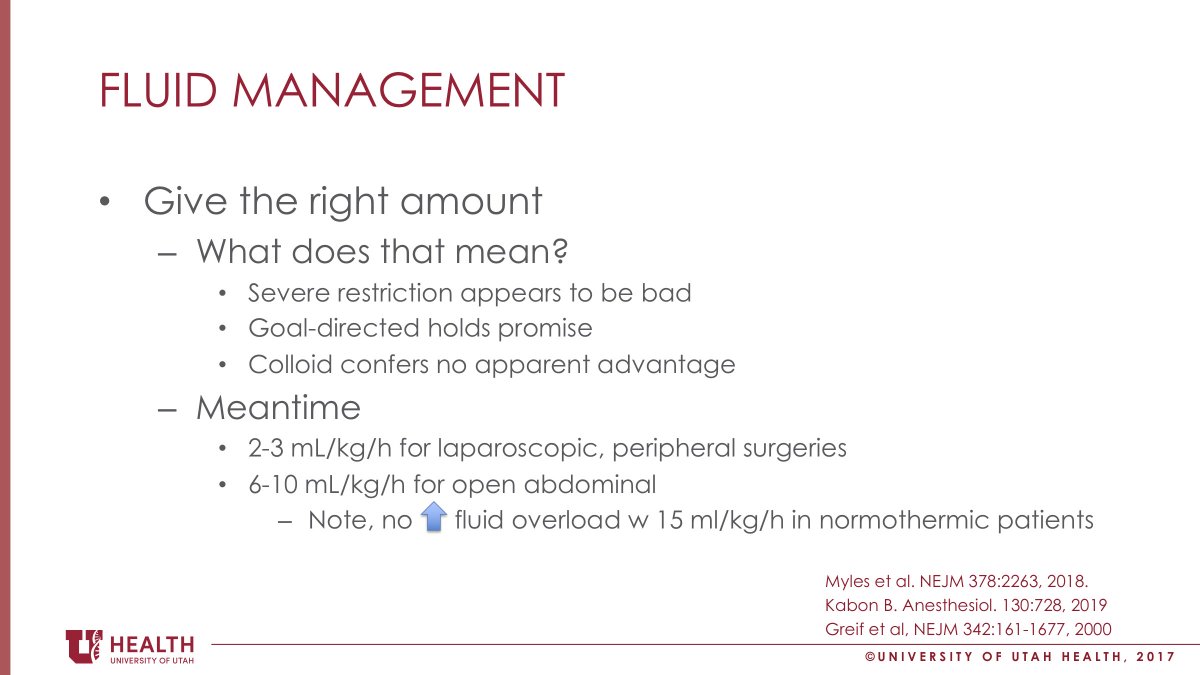
Pain and stress both⬇️wound oxygen & impair healing. No RCTs on benefit of pain control & stress reduction, but they do seem like a good idea, anyway.
14/15




